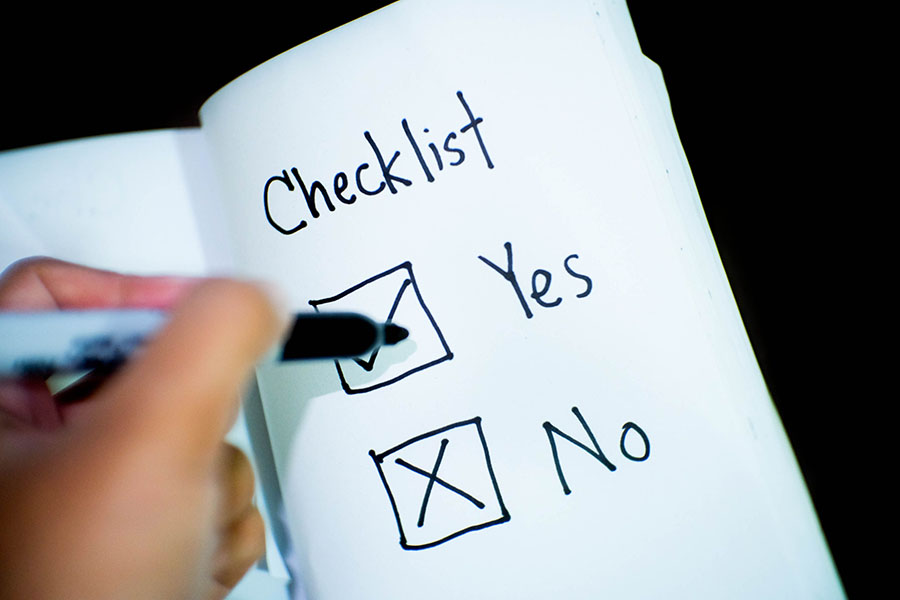
Workplace distractions and procrastination are among the most commonly cited factors that reduce efficiency and productivity in the workplace. To increase your productivity, consider using this proven method.
Set a Plan for Every Day and Follow Through
Having a monthly or weekly plan of activities is not enough. Every day needs to be planed and managed accordingly to bring you closer to the desired achievement. To plan your day start with breaking all “big, complex and long-term” tasks into smaller actionable and purposeful tasks. Define smaller tasks with viable targets for the day in your daily plan. Those actions are the steps which will help you to accomplish the task. Use the S.M.A.R.T. method to set your daily goals easily (S – Specific; M – Measurable; A – Attainable; R – Relevant; T – Time-bound).
Plan Time for Work and Time for Play
To maximise productivity, it’s important to assign specific time frames for your tasks and distinguish between “hard work” activities and “leisure” ones. The most productive people make time for both work and play throughout the day. Studies show that we are most productive when we engage in intense, purposeful work activities with impact that take less than an hour, followed by short, effective breaks every hour. When we know our time for completing tasks is limited, we are more focused on our priorities and complete tasks more efficiently.
Take Breaks
During your breaks, make sure to take some time to indulge in activities that you enjoy, such as taking a walk, listening to music, meditating, or doing some aerobic exercises. The key is to use your break time to recharge your energy and boost your creativity, regardless of whether the break is short or long. By prioritising your well-being during your breaks, you’ll be better equipped to handle the demands of your work and avoid burnout.
Allocate Contingency Time – 20% Will Do For “You Never Know” Situations
Many of us experience too many unproductive days due to unexpected disruptions that derail our plans and reduce our overall productivity. It can be stressful to feel pressured by an unrealistic and overly ambitious plan that does not consider potential contingencies. To avoid this, it’s important to allocate contingency time for the day and plan for unexpected events. Instead of working continuously for long stretches, aim to work hard and take short breaks interchangeably for 80% of the time, leaving the remaining 20% for unforeseen circumstances. This approach provides more flexibility and increases the likelihood of finishing the day with higher productivity.
Follow Through
Consistently following your daily plan takes practice, but remember that you have successfully done it before. Take a moment to recall that feeling of accomplishment and use it as motivation to keep going. With time, you will become more accustomed to the work and break ratio and find it easier to stay on track.
Make It a Practice
Planning and implementation are skills that are developed through repetition and practice until they become habits. By consistently using this method for a few weeks, you can improve your skills, efficiency, and productivity. It’s important to keep in mind that there will never be a perfectly productive day, but with proper management and planning, you can have highly productive days. By doing so, not only will you become more efficient, but you will also feel more content with your performance.
What is your favourite leisure activity during breaks?
My choice for today was to write this post and listen to some good, old jazz. It’s important to remember that we have control over how we spend our time and how we perform. Now it’s time to get back to work.
Thank you for reading, and have a wonderful day!
“The key is not to prioritize what’s on your schedule, but to schedule your priorities.” – Stephen Covey
